Tips for Aviation Photography with a Canon EF 24-105 f/4L Lens
The Canon EF 24-105mm f/4L IS USM (and its upgraded version the Canon EF 24-105mm f/4L IS II USM) are great lenses. Like many photographers, the versatility of the EF 24-105mm f/4L IS USM makes it my go-to lens.
But while its reach is generous, the EF 24-105mm f/4L IS USM doesn’t quite cut it where a dedicated telephoto configuration is considered the norm. In aviation photography, for example, a long telephoto lens is the accepted approach to capturing airborne aircraft.
Nevertheless, there are plenty of ways to make up for the Canon EF 24-105mm f/4L IS USM’s lack of ultra-telephoto capabilities. Here are some tips for aviation photography with the Canon EF 24-105mm f/4L IS USM.

Amazing airshows
My first recommendation for anyone looking to get into aviation photography is to head to your nearest airshow. Airshows have an amazing array of interesting aircraft on display. In the air, airshow pilots operate nearer to the crowd with photogenic low n’ slow passes. This allows for closer, more comprehensive photography with the EF 24-105mm f/4L IS USM.On the ground, taxing aircraft are a good subject for panning shots. Static displays allow photographers to get up close and personal with flying machines. They provide opportunities for the unique detail and environmental shots with which the EF 24-105mm f/4L IS USM excels.

Hang out at airports
Airports are another great option for aviation photographers. I have fond memories of wandering around airport hangars with my Dad as a kid. Unfortunately, those days are gone, with heavy security and fencing lining the perimeters of most airports nowadays.However, the good news is that many airports do have designated plane spotting areas that can be located with the help of Google, Facebook or airport websites. Depending on the airport and conditions, you may even be able to position yourself under the path of aircraft landing or taking off. This is ideal for closing the gap between airborne aircraft and the maximum reach of the EF 24-105mm f/4L IS USM. As long as you stay outside fenced-off areas, photographing under the flight path is perfectly legal.
While planning your shoot, check airport arrival/departure times and apps like Flightradar24 to track aircraft movements. Some airports accommodate mainly GA (general aviation) aircraft which may fly low enough for the Canon EF 24-105mm f/4L IS USM to capture. Other, larger airports see hundreds of aircraft from mid-sized Dash 8’s to enormous A380’s coming and going within operational hours.

The Flightradar24 app is free and simple to use to track aviation traffic
In addition, keep an eye out for specific airport open days, which can often include flyovers and static displays.

Fun with flyovers
Flyovers are aviation events conducted for occasions like memorials and anniversaries. Operating over landmarks of significance, the public is usually notified about upcoming flyovers through social media and relevant websites. Depending on the aircraft, flyovers are usually conducted at a reduced speed and a low altitude. They are a spectacular opportunity to get close-up shots of aircraft with the Canon EF 24-105mm f/4L IS USM.Flypast announcements usually specify the route that participating aircraft will take. If you get the heads up about a flyover, plan to be as close to the aircraft as you can. Many aviation photographers position themselves on nearby hills to be as near to the action as possible.

Look for larger aircraft
Depending on the airshow, airport or flyover, small airborne aircraft like the Cessna 172 can be difficult to photograph with the EF 24-105mm f/4L IS USM. If you can’t get close enough to a smaller aircraft to photograph it adequately, try focusing on larger aircraft instead.At airshows and flyovers, aircraft like the C-17 (seen in the image below) demonstrate their vast abilities in impossibly slow passes – a perfect subject for the EF 24-105mm f/4L IS USM.

For civilian aircraft, regional airliners frequent airports globally. If you get a good position at an airport (especially under the flight path), Dash 8, ATR 72 and Saab 340-sized aircraft and up will prove large enough to fit the EF 24-105mm f/4L IS USM’s capabilities.

A Bombardier Dash 8 on finals
Get in formation
Another way to fill the camera frame is to photograph several aircraft in formation. Here in Australia, a fleet of RAAF aircraft called the Roulettes make appearances at occasions all across the country. They perform precision maneuvers in hair-raising tight formations which make for great photography. Equivalent display teams around the world are sought after by aviation photographers because they photograph so well. If you’re shooting with an EF 24-105mm f/4L IS USM, these teams are fantastic subjects.
Remember composition
Aircraft may be the main subject in aviation photography, but composition is key to creating an engaging photograph. For example, leading lines can be expressed through smoke trails, aircraft design, and the horizon. You can apply the rule of thirds to offset the key components of an image, creating dynamic momentum in a photograph. Color sets the tone of an image and texture illuminates the tactility of aircraft construction.
Aviation photography (and all photography really) is comprised of infinite combinations of the principals and elements of art and design. Composition brings order to these combinations, creating a comprehensive narrative. The EF 24-105mm f/4L IS USM may not have as greater reach as a dedicated telephoto, but conscientiously applying composition techniques can make up for the lens’ shortcomings considerably.

A panned shot of a Mustang taxiing to the main runway of an airshow
Take a minimalist approach
If you’re looking to photograph an aircraft at a distance with the EF 24-105mm f/4L IS USM, you can always take the minimalist approach. By photographing an airborne aircraft in an environment made up of minimal detail, the subject of interest is emphasized. In the example below, the minimal nature of the background accentuates the focal point of the image.
Move around
When everything is unfolding before you at an airshow or an airport, its easy to get into the habit of staying in one position. However, moving around is a vital aspect of aviation photography. By adjusting your perspective, you have a much greater chance of capturing something unique.At airshows, there are plenty of interesting vantage points to make use of. Away from the main runway, taxiways and static aircraft provide great opportunities for interesting perspectives. Crouching, or holding the camera above your head to take a shot can also provide a viewer with an engaging point in which to enter a photograph.
At airports, change perspective as much as possible, altering your point of view under the flight path or positioning yourself at different spots around the airport perimeter. Make use of dedicated plane spotting facilities, but don’t be afraid to experiment a little.

Go abstract
Artistic renderings of aviation are well within the capabilities of the EF 24-105mm f/4L IS USM. Abstract photography is a field of photography that removes the literal aspects of a photograph. Instead, abstract photographers rely on composition elements such as form and texture to create intriguing imagery. For many people, aviation is viewed from afar. Taking an abstract approach to aviation photography can create a fascinating insight into the artistic geometry of aircraft.
Capture the environment
Incorporating environmental elements such as the landscape, sun or clouds into your aviation photography adds drama and separates aircraft from a standard blue backdrop. In addition, including man-made features such as fence lines, hangars, runways and approach array into your images provides context, scale, and interest.Golden and blue hour photography emphasizes shape and form and reiterates the ever-changing nature of the atmosphere in which aircraft operate. If you’re at an airshow, be sure to stay the whole day so you can take advantage of lighting conditions into the evening. If you’re at an airport, try a session around golden and blue hour to capture the effect of the setting sun.

A Bombardier Challenger during golden hour
Join the club
Joining a plane spotters group on Facebook is a great way to keep updated with interesting aviation movements around a particular area. The groups are also full of valuable information on how to get the best (and closest) shots possible. There are heaps of Facebook groups for thousands of different airports around the world. Those with info can update aviation-enthused photographers on flight movements. Plus, everyone is free to contribute their photographs to the group for discussion and advice.
There’s no doubt that the EF 24-105mm f/4L IS USM (and it’s big brother the EF 24-105mm f/4L IS II USM) are assets to any photographer’s kit. While aviation photography tends to center around the intimate shots that a dedicated telephoto lens affords, a little research and creativity mean that the EF 24-105mm f/4L IS USM is a great tool for capturing the unique spirit of aviation.
We’d love you to use some of these tips for aviation photography, and share your images with us in the comments! Share this article.
 https://resources.digital-photography-school.com/ref/937/
https://resources.digital-photography-school.com/ref/937/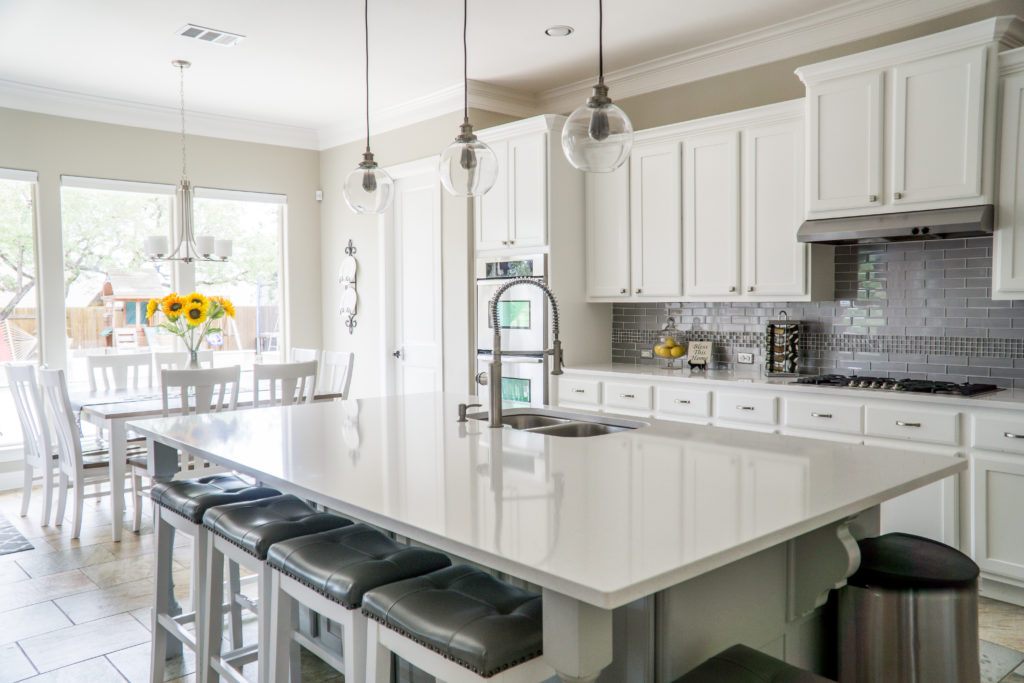


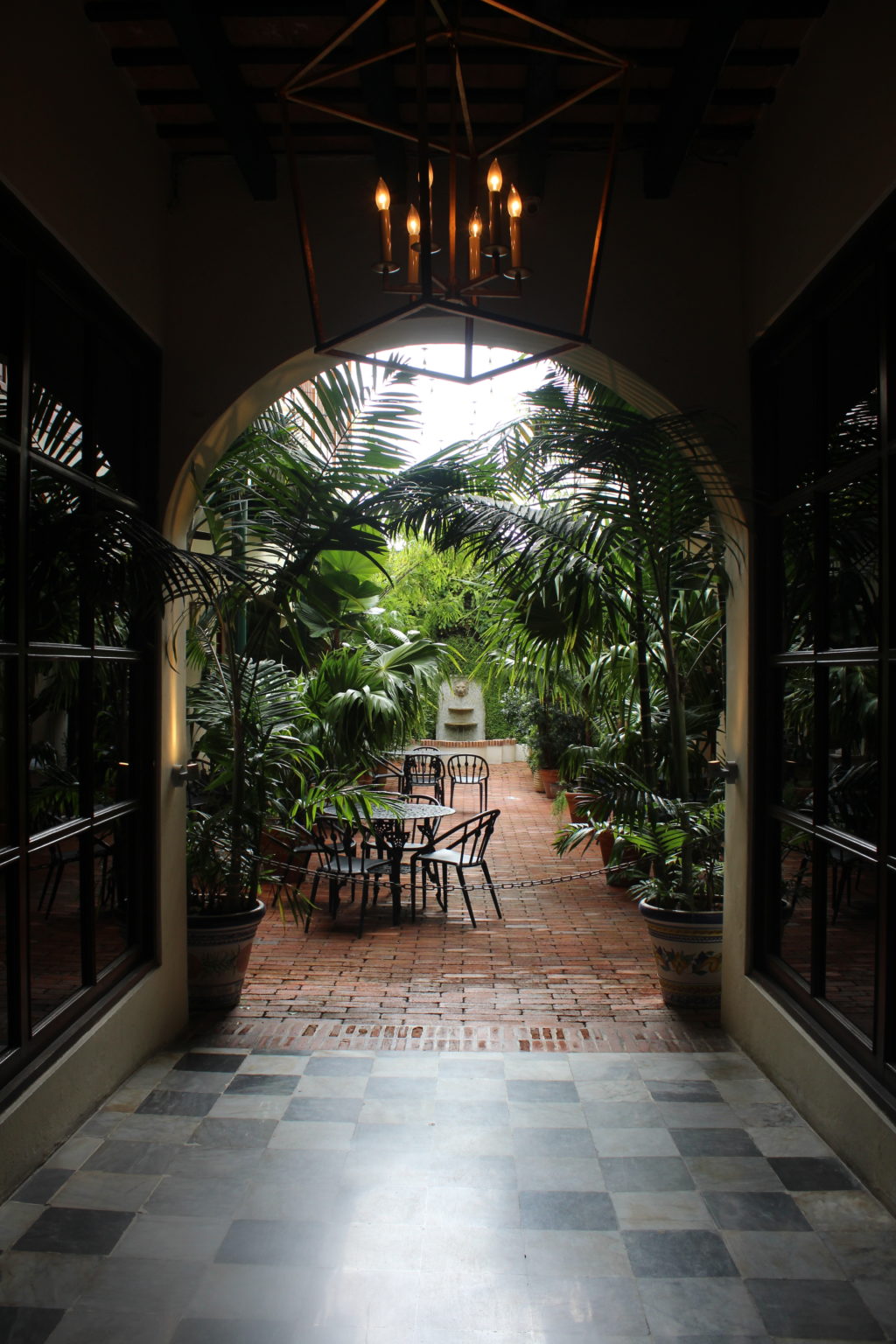














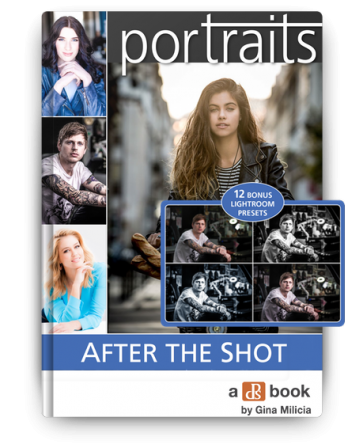


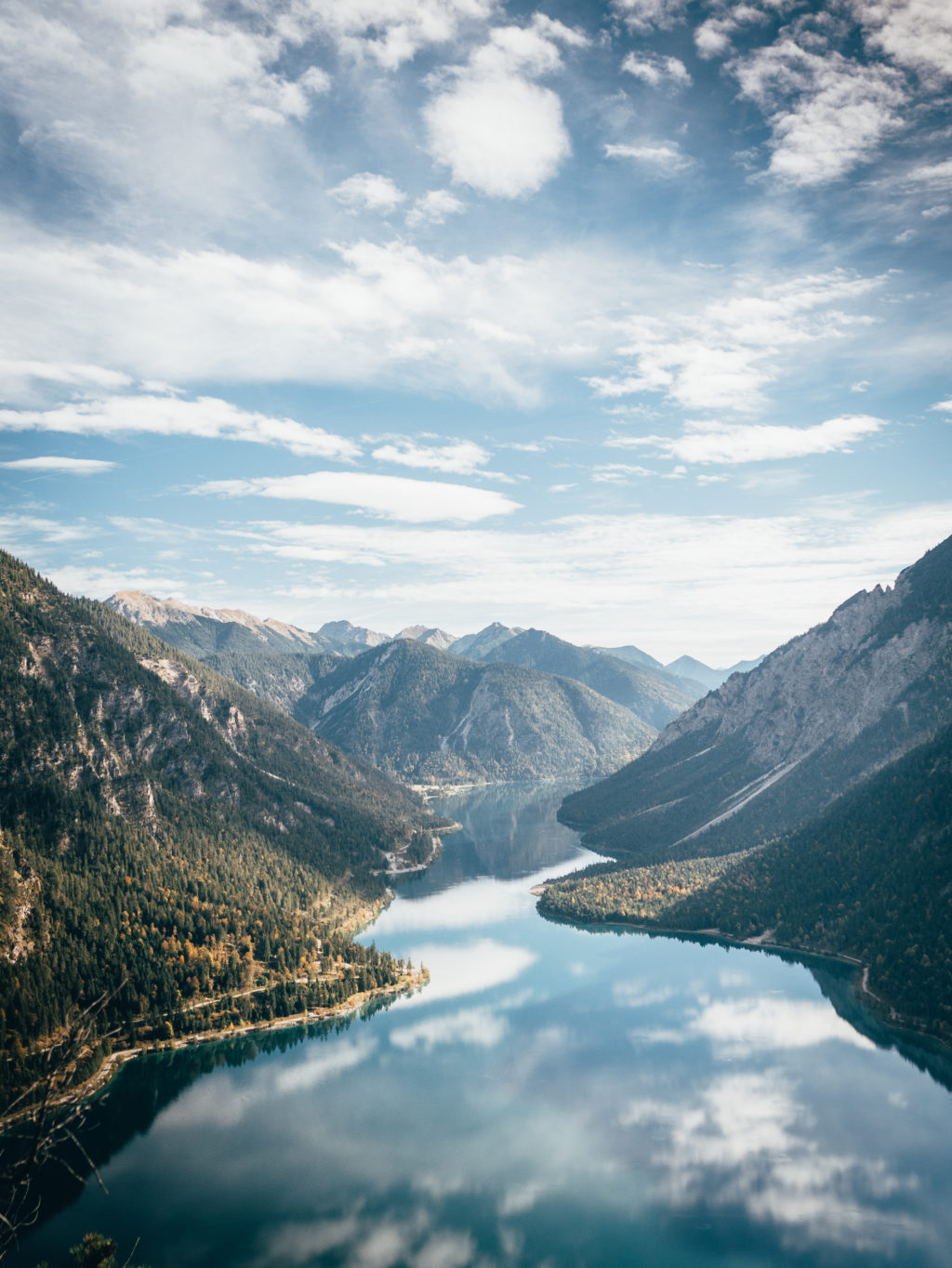
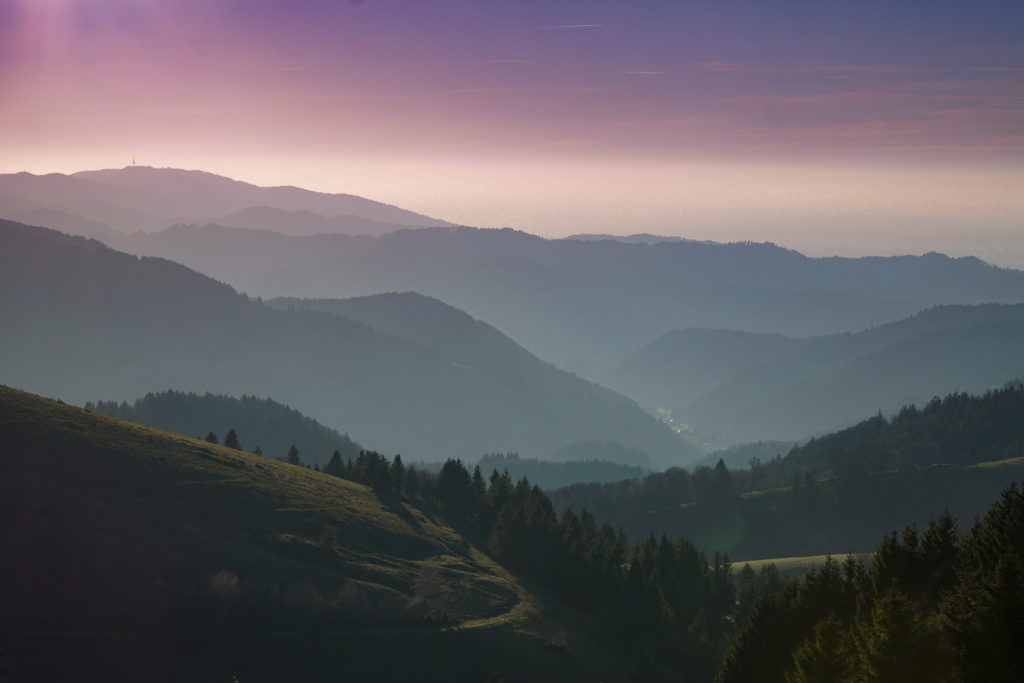

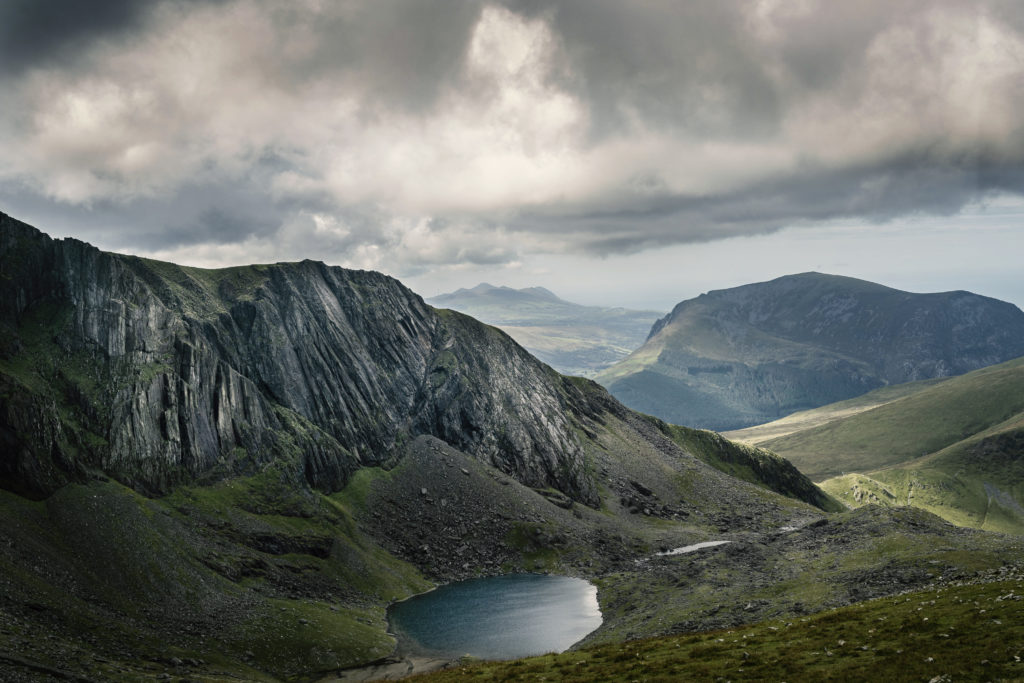


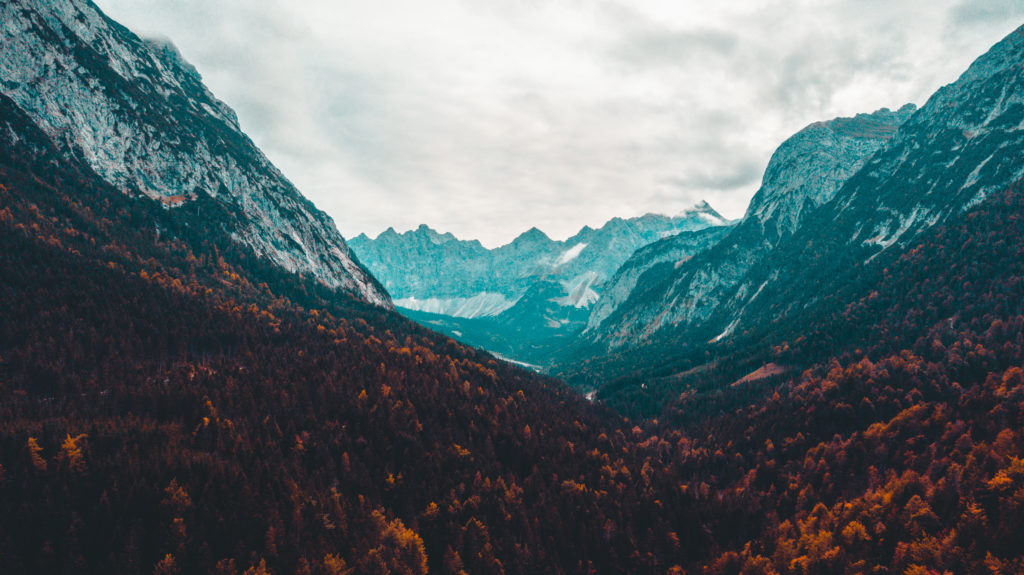
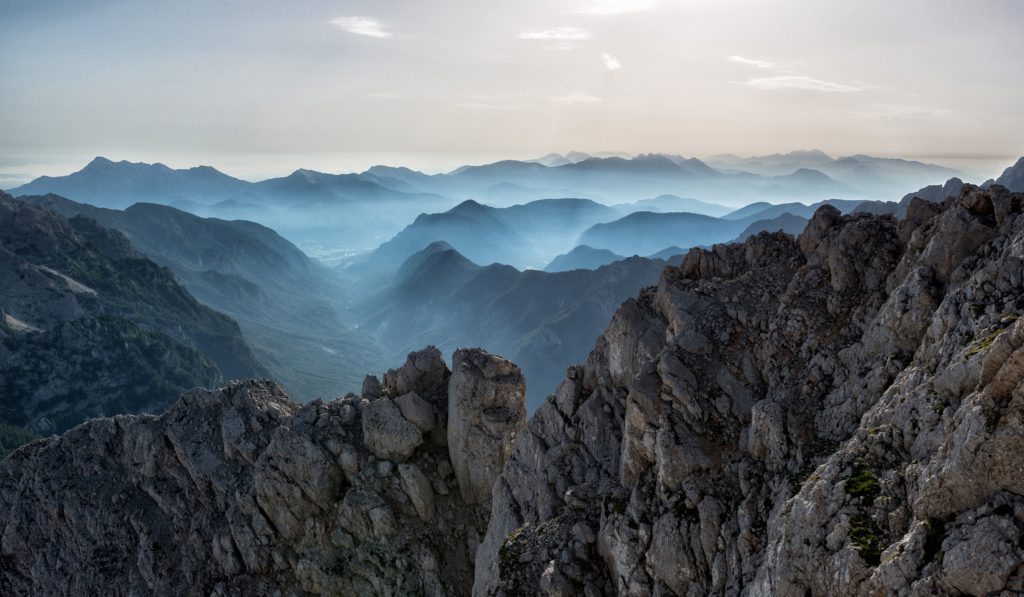

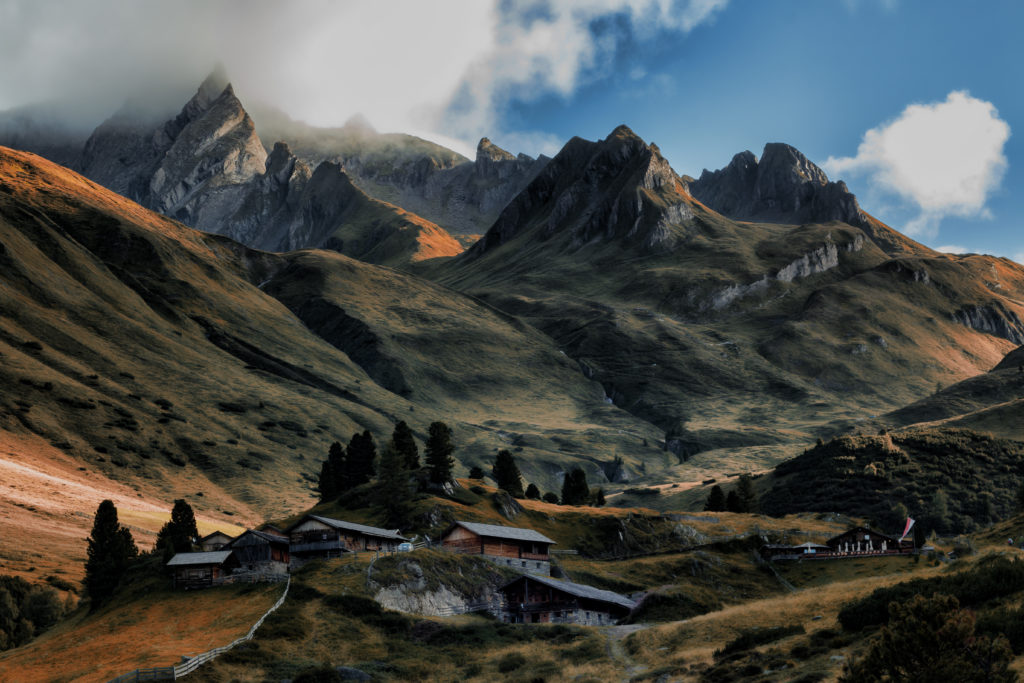
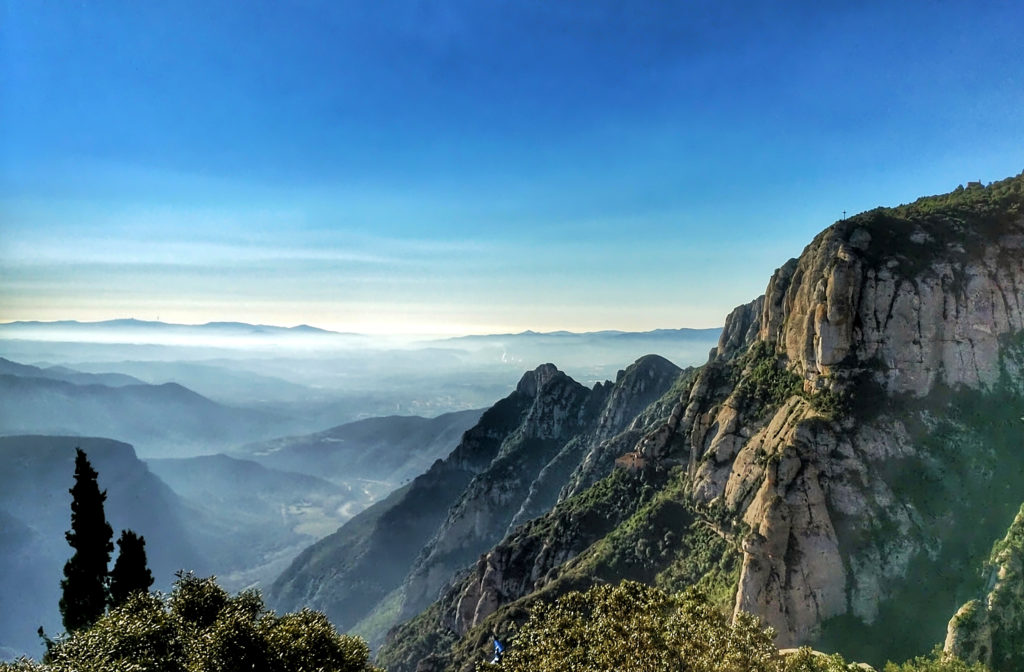
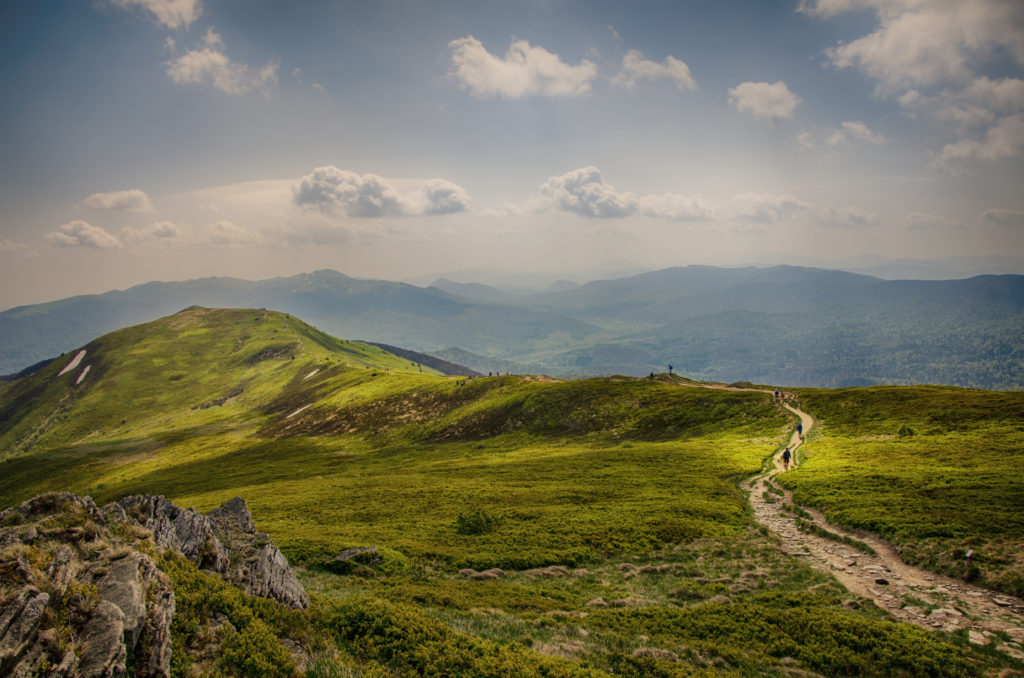
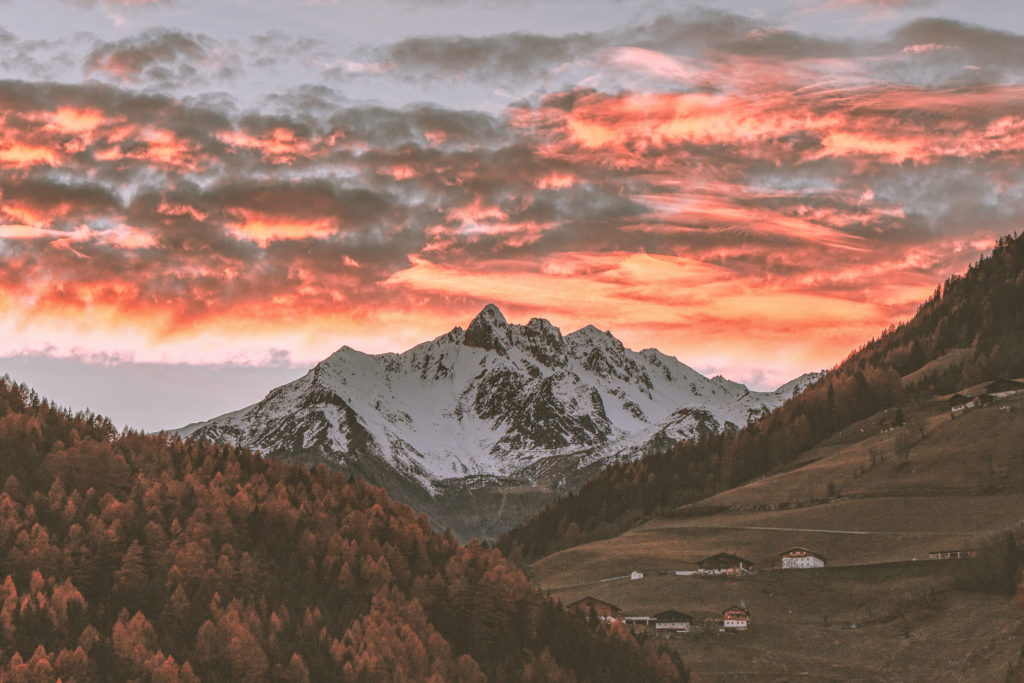



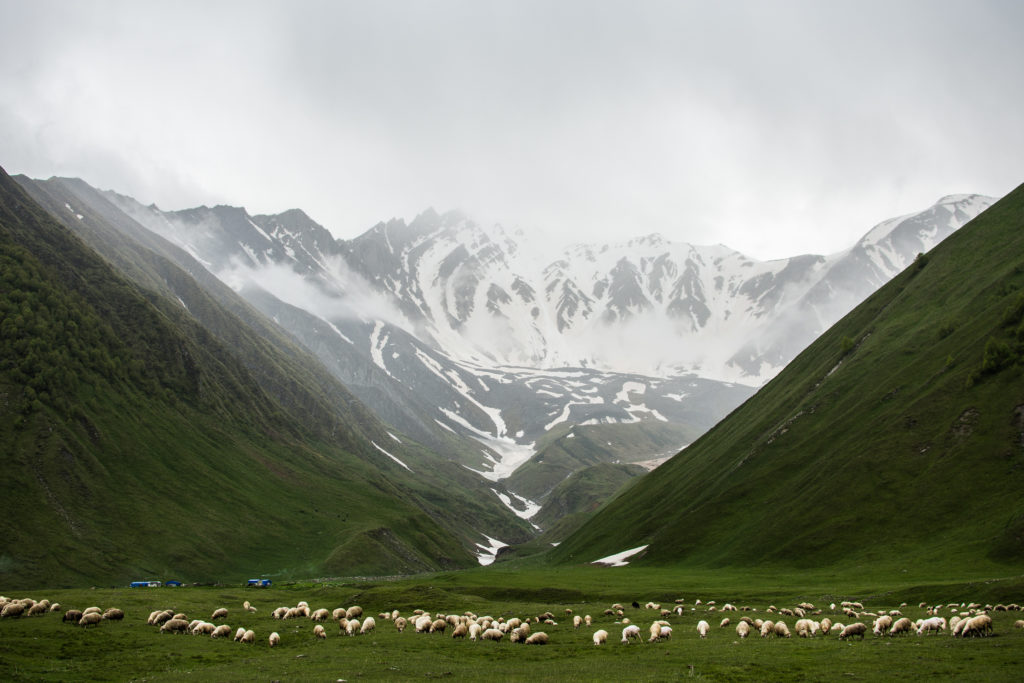

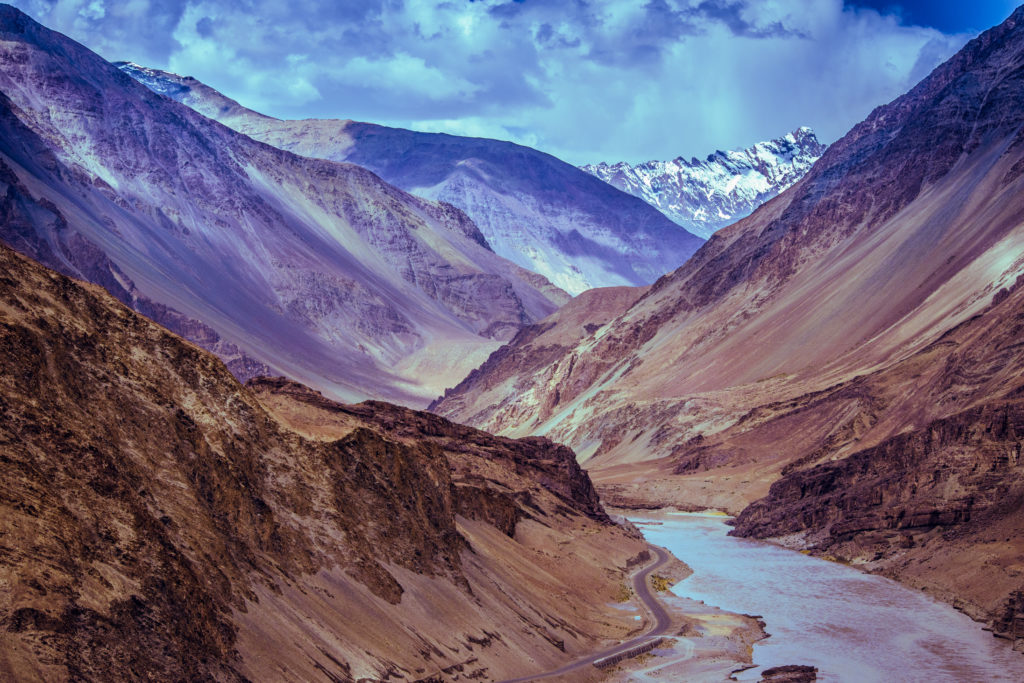
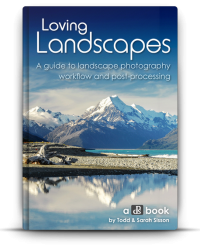 https://resources.digital-photography-school.com/ref/937/
https://resources.digital-photography-school.com/ref/937/